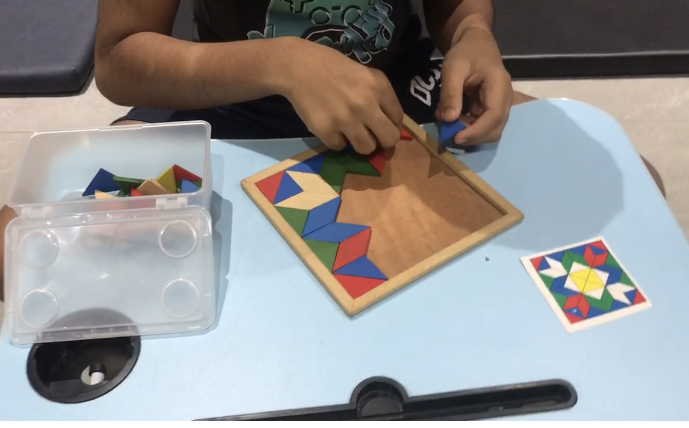PERCEPTION is how a child perceives what they see or hear.
This process may involve:
- Information entering the brain (Input)
- How information is processed and interpreted (Integration).
- How memory is stored and recalled (Memory).
- How information is used (Output).
Perceptual deficits occur when there is any difficulty in the above 4 stages.

Red flags for visual attention deficits:
- Bumping into things when walking
- Not being able to find items
- Difficulty with writing, reading letters and numbers, or recognizing the difference in shapes/letters/numbers
- Difficulty in Math skills
- Inefficient or incorrect copying from a board or another paper
- Inability to follow directions when walking or driving
- Reluctance or refusal to complete school work
Auditory perceptual deficit could be defined as the inability to interpret information that reached the brain through ears.
Symptoms of auditory perceptual deficit:
- Difficulty understanding speech, particularly in noisy environments or when more than one person is speaking
- Frequently asking people to repeat what they’ve said or responding with words like “huh” or “what”
- Misunderstanding what’s been said
- Needing a longer response time during conversation
- Trouble telling where a sound is coming from
- Problems distinguishing between similar sounds
- Problems following or comprehending rapid speech or complex directions
- Trouble with learning or enjoying music
It is not a form of hearing loss, despite showing difficulty with hearing-related tasks.
✓ OCCUPATIONAL THERAPISTS use various toys, tools, puzzles, games, worksheets and cards to improve visual perception.
✓ OCCUPATIONAL THERAPISTS use scientific-based exercises and multiple instructions to improve auditory perception.
